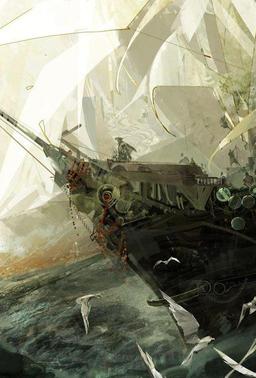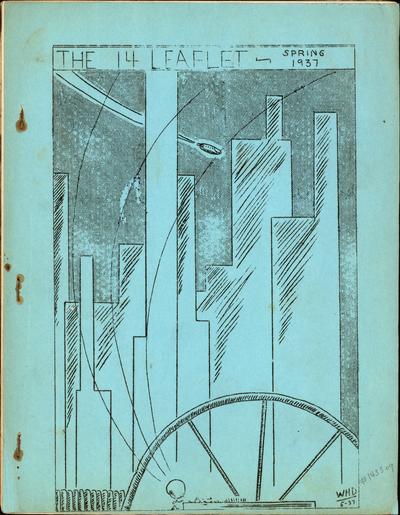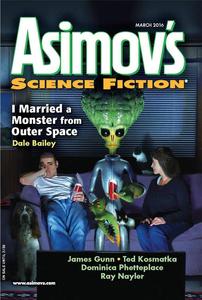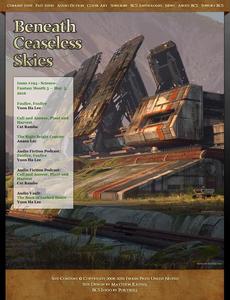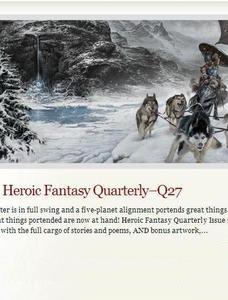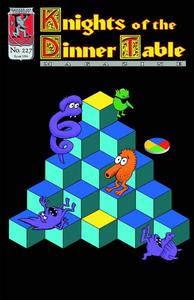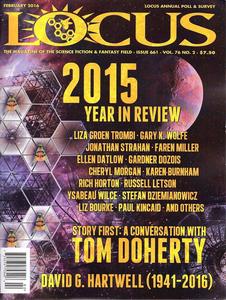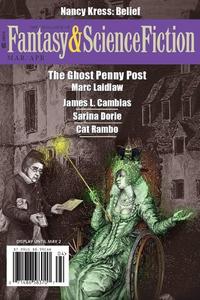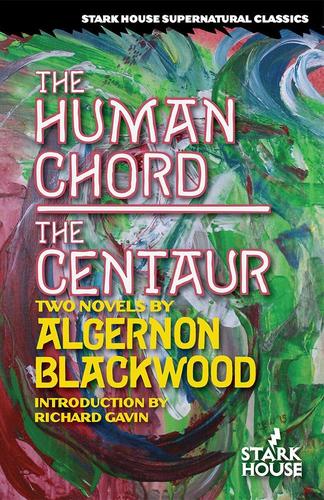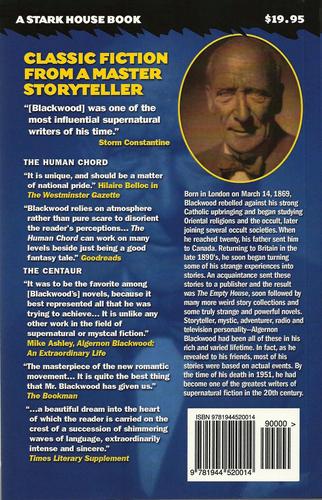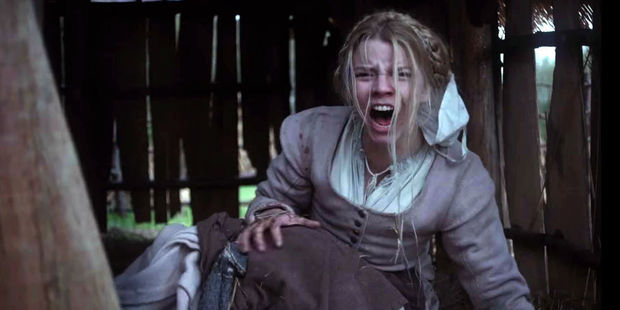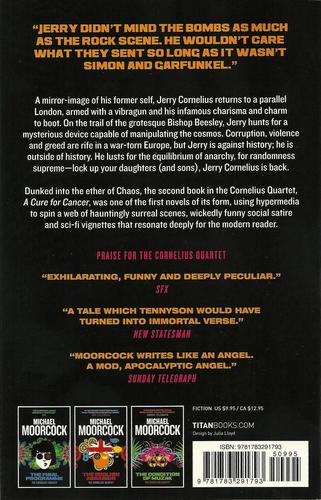Vintage Treasures: The Silistra Quartet by Janet Morris
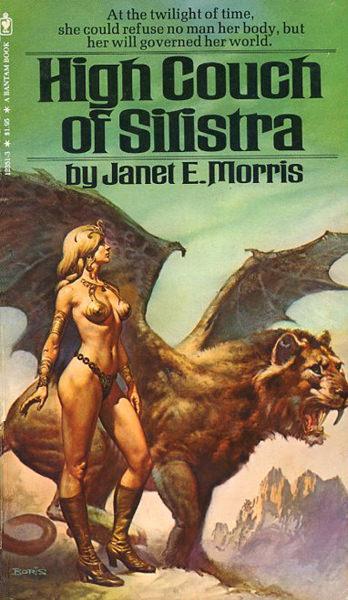 |
 |
In the last few weeks I’ve touched on a few tales of modern writers who didn’t make it — or at least, fantasy series that never got off the ground, and died after one or two hardcover releases without even a paperback edition. To switch things up a bit, today I thought I’d look at one of the most successful fantasy debuts of all time, a series that became a huge international hit with its first release, launching the career of one of the most prolific fantasy writers of the late 20th Century: Janet Morris’ The Silistra Quartet.
The Silistra Quartet began with Janet’s first novel, High Couch of Silistra, which appeared in paperback from Bantam Books in 1977 with a classic cover by Boris (above left). Although it was packaged as fantasy, High Couch was really science fiction, the far-future tale of the colony planet of Silistra, still recovering from an ancient war that left the planet scarred and much of the population infertile. With a dangerously low birth-rate, it’s not long before the human colonists of Silistra develop a new social order, with a hierarchy based on fertility and sexual prowess.
